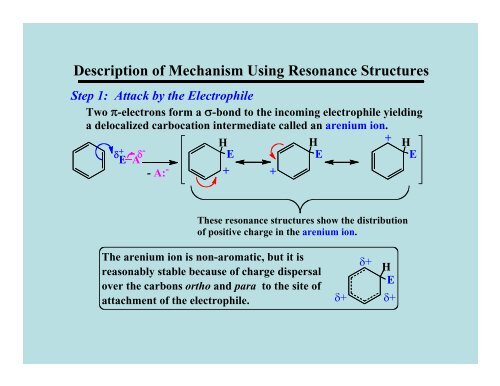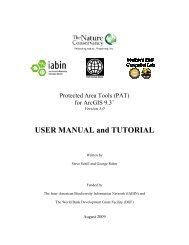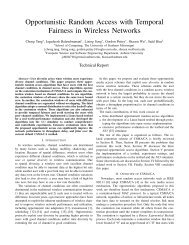Reactions of Aromatic Compounds
Reactions of Aromatic Compounds
Reactions of Aromatic Compounds
You also want an ePaper? Increase the reach of your titles
YUMPU automatically turns print PDFs into web optimized ePapers that Google loves.
Description <strong>of</strong> Mechanism Using Resonance Structures<br />
Step 1: Attack by the Electrophile<br />
Two π-electrons form a σ-bond to the incoming electrophile yielding<br />
a delocalized carbocation intermediate called an arenium ion.<br />
δ<br />
E A<br />
+ δ -<br />
- A:<br />
H<br />
E<br />
+ +<br />
H<br />
E<br />
+<br />
-<br />
These resonance structures show the distribution<br />
<strong>of</strong> positive charge in the arenium ion.<br />
The arenium ion is non-aromatic, but it is<br />
reasonably stable because <strong>of</strong> charge dispersal<br />
over the carbons ortho and para to the site <strong>of</strong><br />
attachment <strong>of</strong> the electrophile.<br />
δ+<br />
H<br />
E<br />
δ+ δ+<br />
H<br />
E

















